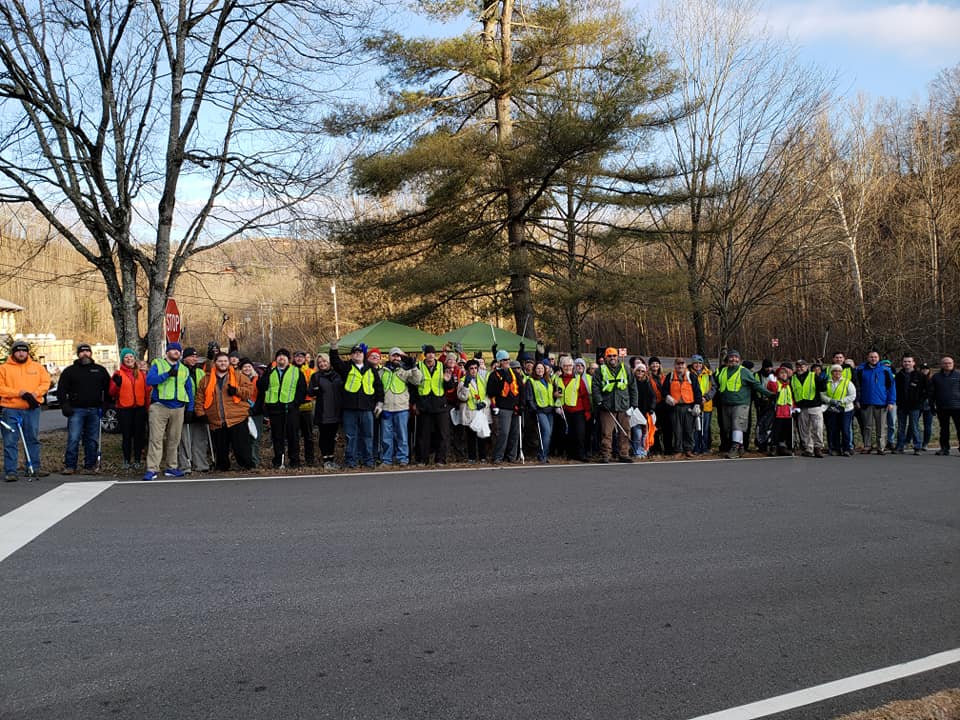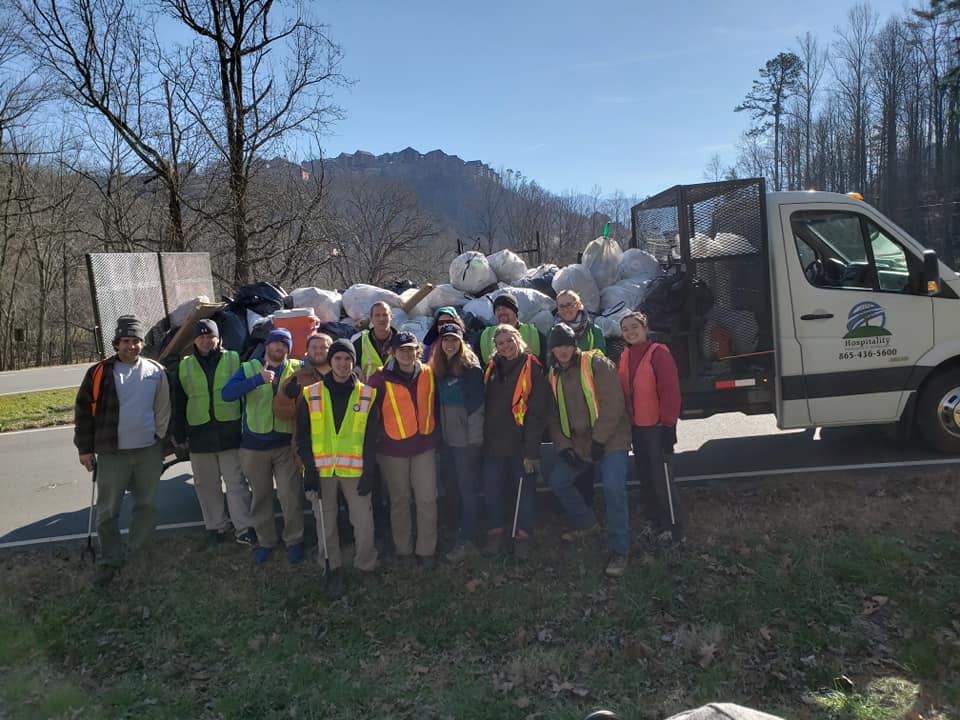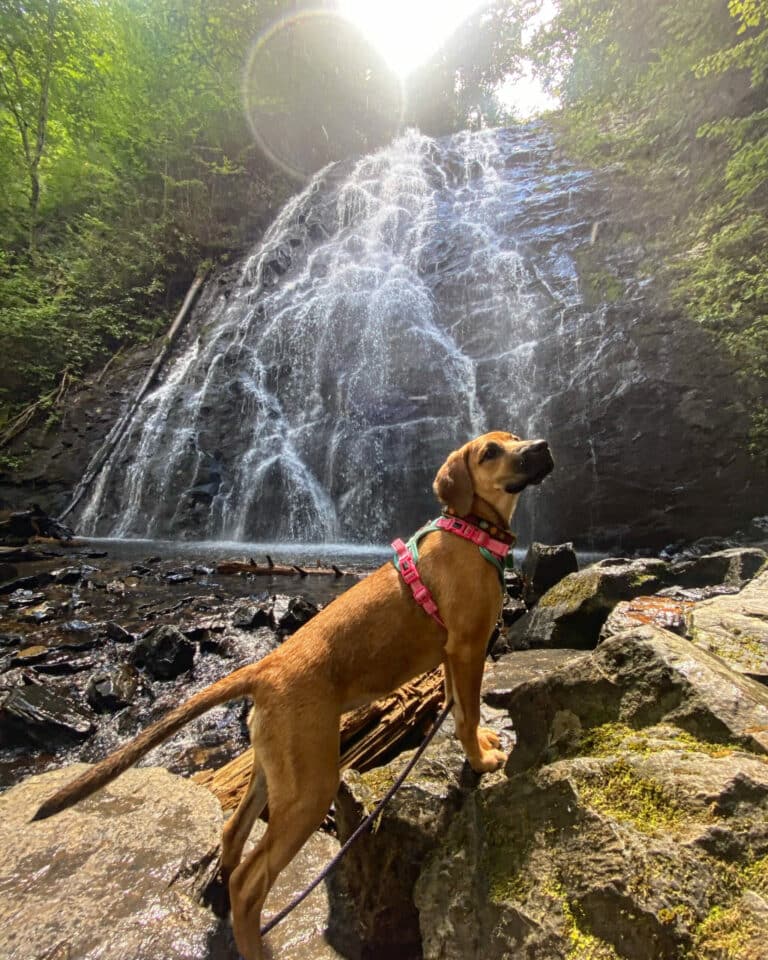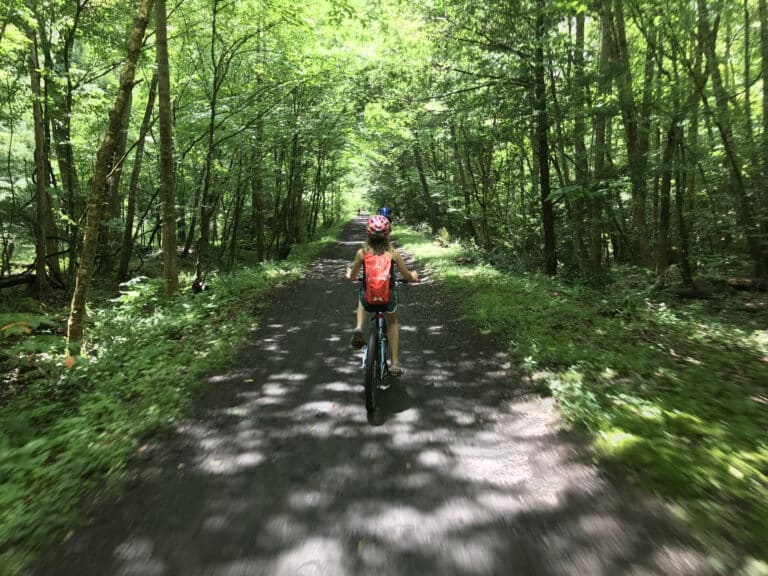Since the partial government shutdown began three weeks ago, visitors to the national parks have been greeted by empty fee stations and red-lettered notices posted to entrance gates.
The notice advises visitors to “use extreme caution” and that “any entry… is at the visitor’s sole risk.”
While many national parks, including Shenandoah and the Great Smoky Mountains, remain open to the public, National Park Service (NPS) personnel have been furloughed and thereby unable to provide guidance, assistance, maintenance, or emergency response. The parks have shuttered their information centers, locked the restrooms, closed the campgrounds, and left the public to its own devices.
While the Park Service employs approximately 20,000 people, the reduction in staff leaves only 3,298 essential personnel remaining to manage 80 million acres of national park property. Across the country, national parks have suffered overflowing trash cans, inordinate amounts of litter and human feces, illegal off-roading, vandalism, and destruction of precious natural resources.
The Department of the Interior’s Contingency Plan instructs the few remaining park rangers and law enforcement officers to take a “reactive rather than proactive posture.” Without warnings and supervision from experienced park staff, visitors expose themselves to serious dangers in the untamed wild. Three hikers have died in the national parks since the shutdown, at least one of which may have been prevented by the guidance of seasoned staff and timely emergency response.
To make matters worse,
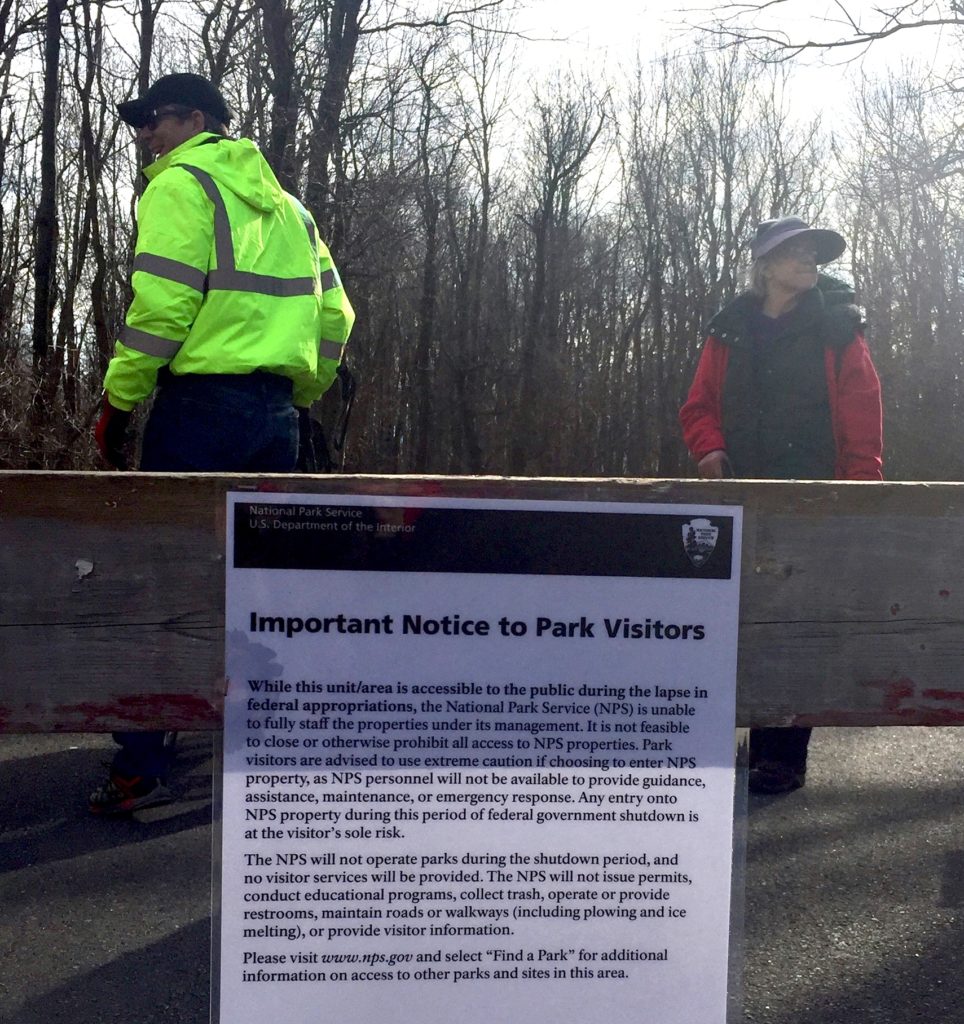
November and December of last year bore particularly brutal weather in the Blue Ridge mountains, leaving damage and debris still untended. In mid-November, an ice storm in Augusta County, VA took down hundreds of mature trees from the crushing weight of nearly half an inch of ice accumulation. Thousands of residents endured power outages for more than three days, but the destruction and damage have endured far longer. The majority of the Blue Ridge Parkway and the 40-mile stretch from the south entrance of Shenandoah National Park have remained closed and gated for over two months.
Necessary maintenance and debris removal have halted indefinitely, leaving outdoor enthusiasts wondering when they will be able to enjoy the BRP and SNP once again. To further complicate the matter, the government-sponsored National Parks website will not be updated for the duration of the shutdown, leaving no way for prospective tourists to verify closures. A notice at top of the page states that the information therein “may not reflect current conditions.”
Though SNP had previously been open from Swift Run Gap to Front Royal, morning hikers on January 12 found the gates to Skyline Drive completely blocked in preparation for Winter Storm Gia. Meg and Mathew Clayton drove over two hours to find their weekend plans thwarted. “We live in D.C. so, in a different way, we feel the effects of the shutdown everyday… We wanted to come out and get away,” said Meg Clayton. “I just wish there was a coherent policy. From what I gathered online, some of the parks are open, some aren’t… In other shutdowns, all the parks were closed and at least you would know before you got here.”
Many guests feel conflicted,
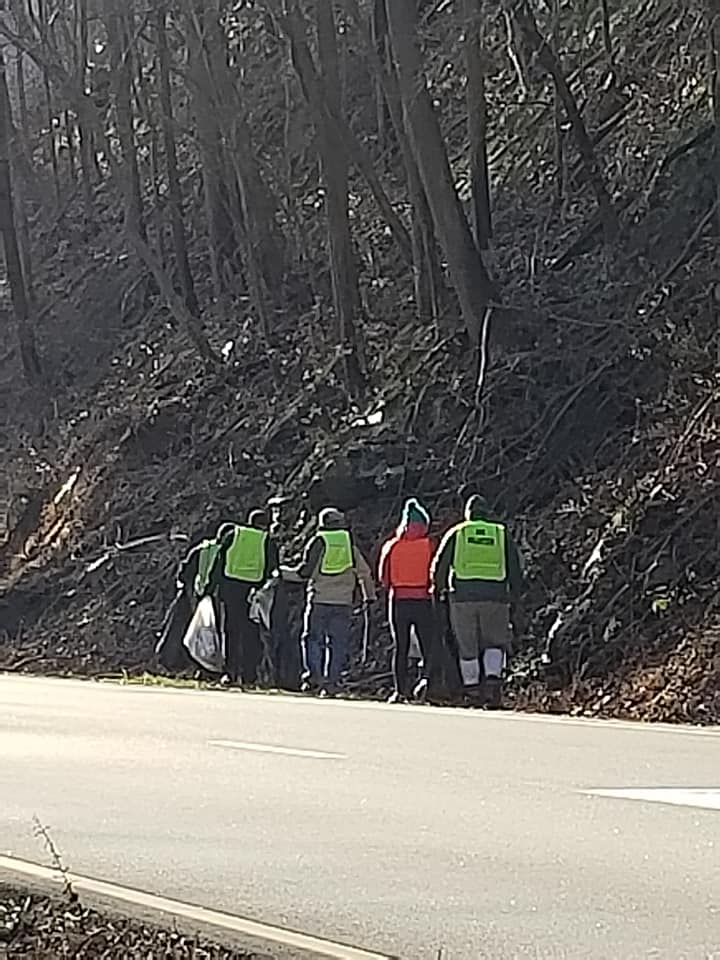
expressing a desire to enjoy the parks while simultaneously recognizing the consequences of unsupervised visitors. Mathew Clayton said, “For selfish reasons, it’s crap that we have to go through this because of the government shutdown. But at the same time, it’s good for safety reasons and preserving the land. People are just sneaking in and ruining the parks, leaving trash, and it can be unsafe. So, in a way, it’s a good thing.”
Sadly, in some parks the damages from unrestricted activity and cost to human life are irrevocable. The bipartisan National Parks Conservation Association stated in a press release, “NPCA believes it is not only reckless to keep national parks open without adequate staffing, it endangers lives and is illegal.” They encourage people to consider waiting until the parks are staffed and safe before visiting but urge those who do visit to be alert to their safety and to exercise extreme vigilance in protecting and preserving park resources.
But even with the end of the government shutdown, visitors will have a long road ahead before the Blue Ridge Mountains are restored to their original condition. “There’s so much maintenance, research, protection of wildlife, and behind-the-scenes work. So many facets to keep it running and it will be so backlogged when [the shutdown] is over,” said Justin Beach, one of only six Americorp volunteers serving in the GSMNP. “The fallout will be dealt with for over a year after it’s over. It’s disheartening, depressing, and anxiety-inducing.”
Some organizations and citizens have taken measures into their own hands,
determined to protect and maintain our beloved Blue Ridge Mountains. On January 10, the environmental non-profit Keep Sevier Beautiful organized 100 volunteers to pick up trash along the Spur, a heavily trafficked road in the GSMNP.
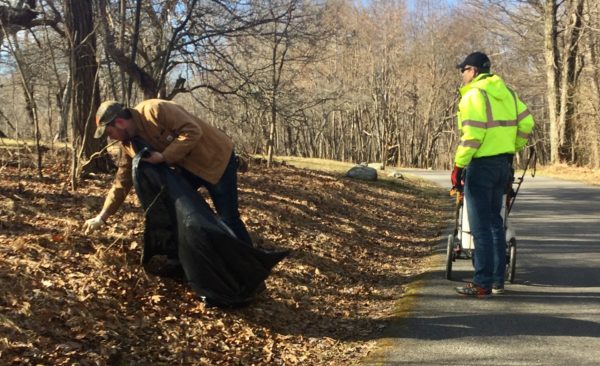
“It was eye-opening,” said Americorp volunteer Keely Dunham, a participant in the clean-up. The group collected 160 garbage bags of trash full of single-use plastics, cigarette butts, metal cans, soda cups, wrappers, and fast food containers that had been tossed to the side of the road. “It just goes to show just how important the work of the National Park Service really is.”
Alleyn Harned, Executive Director of Virginia Clean Cities, organized a clean-up with twelve volunteers to pick up litter and trash along 14 miles of Skyline Drive in SNP. In collaboration with Keep Virginia Beautiful, a non-profit dedicated to improving Virginia’s natural and scenic environment, Harned and volunteers emptied overflowing trash bins and collected litter in baby strollers they had modified to carry and wheel away debris.
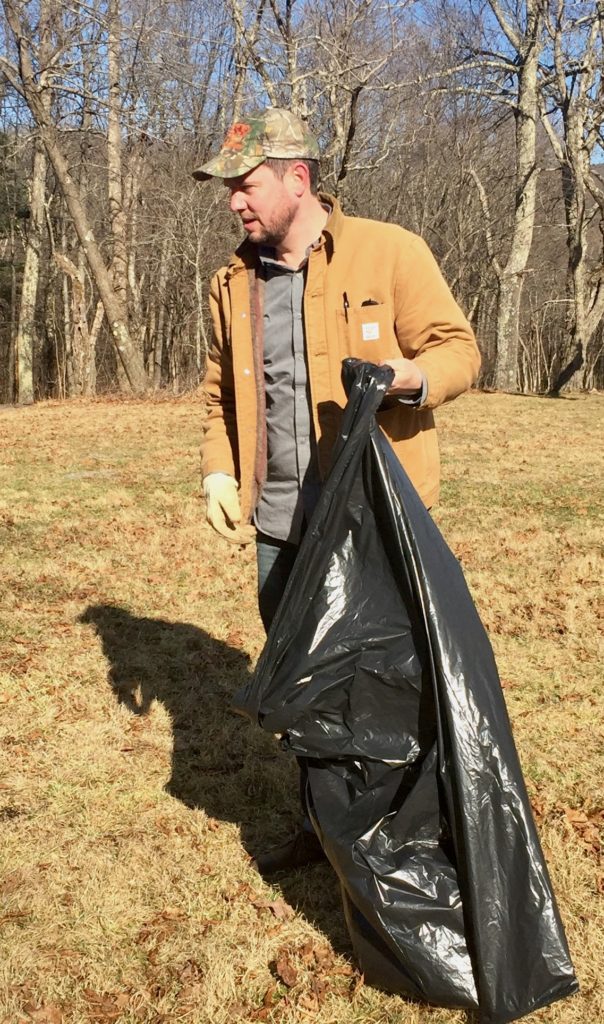
Harned expressed frustration about the government shutdown, stating, “There’s no reason for this. The level of maturity to resolve this through negotiation or communication has not been displayed by the president. I don’t know when to expect this to end.” However, he feels his volunteer efforts have helped alleviate some of his disappointment in the current administration. “The clean-up was wonderful and rewarding. It’s a way to make myself feel better in the face of this national trauma.”
The NPCA, however, is wary of volunteer efforts,
and encourages interested parties to wait until parks are fully staffed. “While we appreciate that people want to help, there are major safety hazards and liability issues with volunteering at parks where park staff aren’t present… This is also not the public’s burden to bear. It is the responsibility of the administration and Congress to fully fund the government and reopen our parks with adequate staff.”
Like SNP and GSMNP, many parks have resorted to creative measures to finance maintenance and cleanup in the parks through help from local municipalities, non-profits, and private concessions. But clearly, this is not sufficient. On January 6, the Interior Department announced it would dip into the park’s fund of visitor fees to manage immediate costs. These fees are usually used for maintenance projects, visitor services, wildlife habitat projects, law enforcement, and recreation projects.
Daniel Smith, Deputy Director of the NPS stated in a press release,
“In the coming days the NPS will begin to use these funds to clean up trash that has built up at numerous parks, clean and maintain restrooms, bring additional law enforcement rangers into parks to patrol accessible areas, and to restore accessibility to areas that would typically be accessible this time of year…. utilizing these funds now will allow the American public to safely visit many of our nation’s national parks while providing these iconic treasures the protection they deserve.”
This decision is met with controversy.
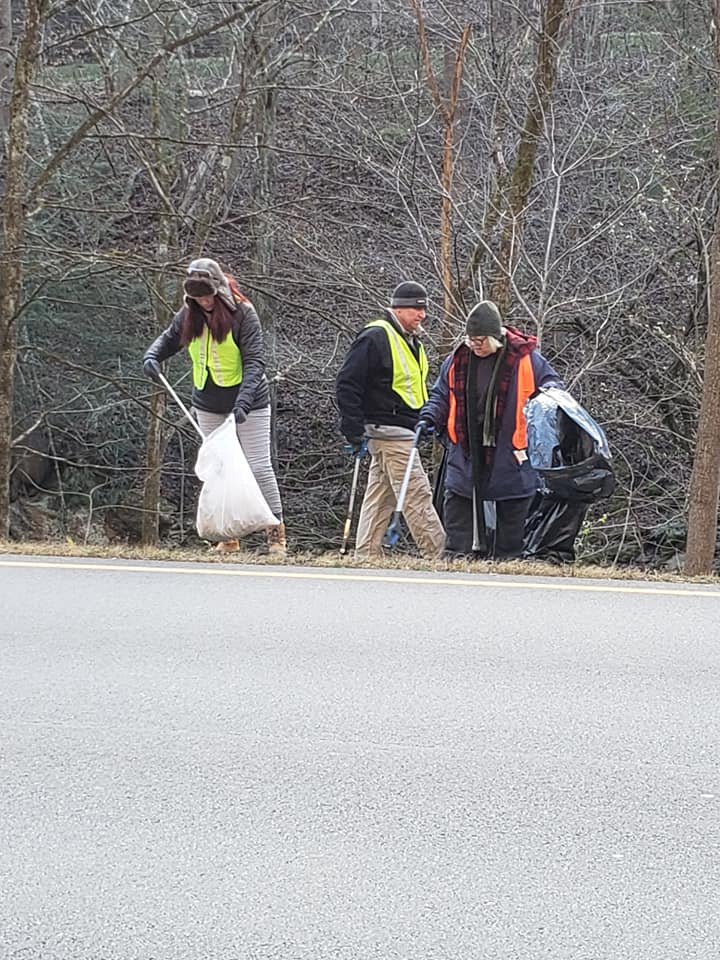
The NPS is unable to collect more entrance fees during the shutdown and their $6 billion maintenance backlog continues to grow larger every day. The NPCA slammed the current administration, stating that this policy decision is inefficient and puts pressure on an already struggling agency.
Said Theresa Pierno, President and CEO for the NPCA, “Instead of robbing from park funds, the president needs to work with Congress to fully reopen the federal government, including our national parks. And he should propose budgets that will authentically help operate parks and address their maintenance needs in the long-term. Budget antics are not the way to fund our parks.”
And for residents in vicinity of the Blue Ridge Mountains, the shutdown damages lives on a personal level. Brent Finnegan, candidate for Virginia’s 26th District House of Delegates and SNP clean-up volunteer stated, “This has caused a ripple effect to local businesses. We lose tourists who come to spend money in our cities, which bolster our economies. Jobs should not be used as a bargaining chip. This is affecting our families. It needs to end and it’s already gone on for too long.”
The financial toll of the shutdown extends beyond the national park itself, but also impacts local economies.
A report from the NPS found tourism from SNP supported 1,200 jobs in the neighboring
communities and had a cumulative benefit to the local economy of $126 million. GSMNP supports over 10,000 jobs and reaps $734 million per year. The BRP supports over 15,000 jobs in the region having a cumulative impact to local economies of $1 billion. As far removed as the actions of Congress may appear, it is impossible to ignore the fact that this shutdown affects every person with the Blue Ridge Mountains on their horizon.
When the government shutdown is finally over and the NPS is fully operational once again, the damage will take effort and time to repair. Volunteers will be in high demand and the onus of work will be considerable. Now it is simply a matter of waiting and hoping for an end to this strange anarchy.
